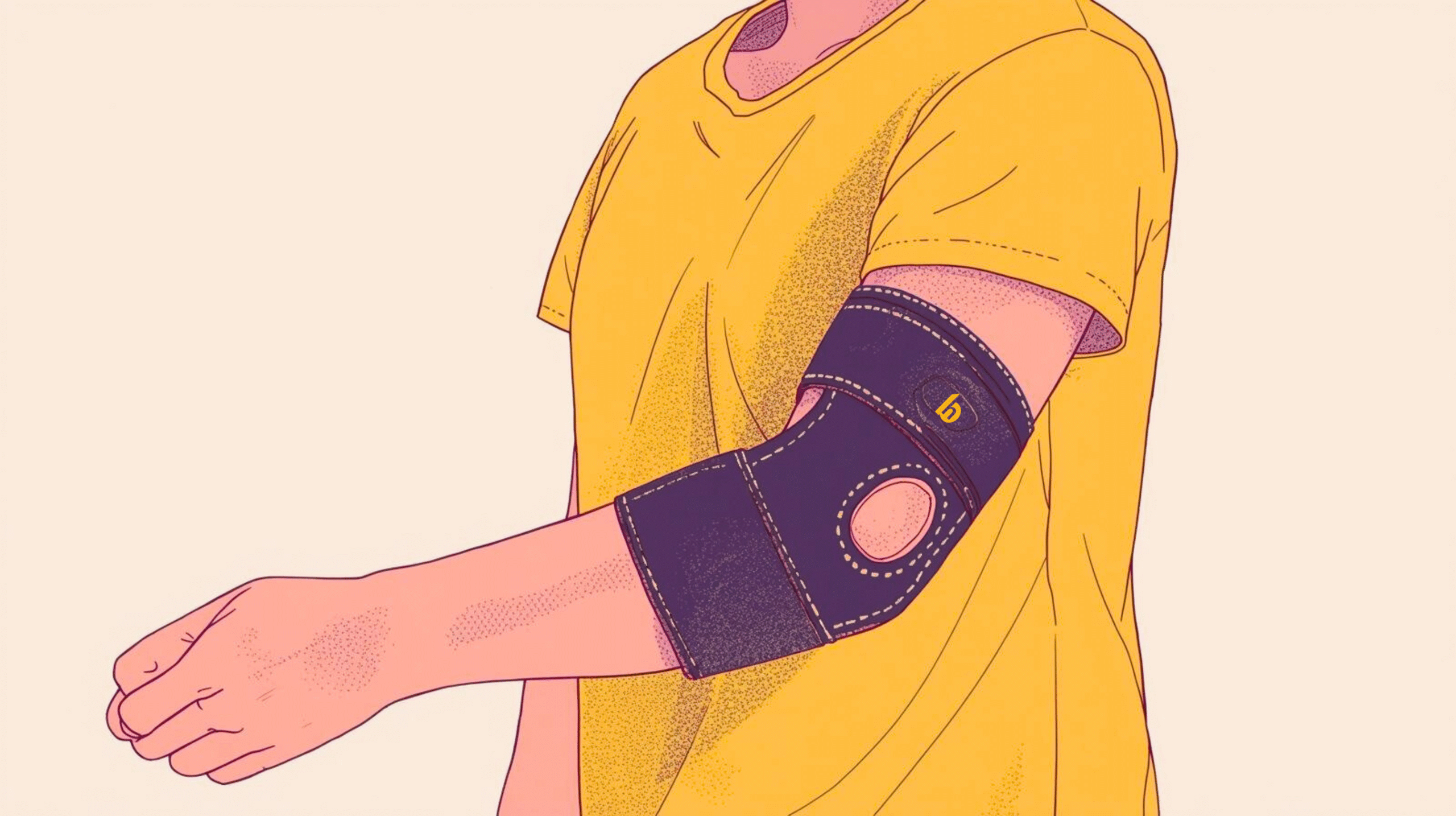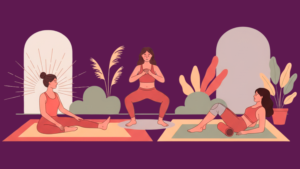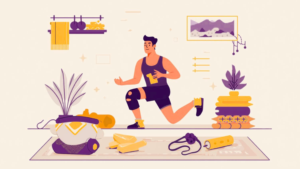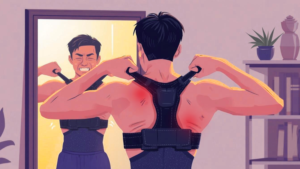If you’re dealing with nagging elbow pain that just won’t quit, you’ve probably found yourself staring at elbow braces online, wondering if they’re worth the investment. Maybe you’ve got tennis elbow from weekend games, golfer’s elbow from your swing, or just general elbow discomfort from repetitive work tasks.
The frustration is real. You want to get back to your activities, work without wincing, and sleep without that dull ache. You’ve probably tried rest, ice, and pain medicines, but the pain keeps coming back. That’s where elbow support braces enter the picture, promising relief and faster healing.
Here’s the honest truth: elbow braces can be incredibly effective for many people, but they’re not magic cure-alls. Understanding how they work, when to use them, and what to expect can make the difference between wasting your money and finally getting the relief you’ve been searching for.
What Is an Elbow Support Brace (And How Does It Feel?)
An elbow support brace is essentially a specialized piece of equipment designed to provide targeted support, compression, and stability to your elbow joint and surrounding muscles. Think of it as a helpful assistant for your elbow, it doesn’t do the work for you, but it makes your elbow’s job easier while it heals.
Most people are surprised by how different types of elbow braces feel. A simple tennis elbow strap feels like a firm, focused hug around your forearm, just below the elbow. A compression sleeve, on the other hand, feels like a snug sock for your entire elbow and forearm, providing gentle, even pressure all around.
The key thing to understand is that a properly fitted elbow brace shouldn’t feel restrictive or painful. You should feel supported and stable, with a noticeable reduction in pain during activities that normally aggravate your elbow. The sensation most people describe is relief, that constant background ache suddenly becomes manageable.
How Elbow Braces Help Your Pain (The Simple Science)
Understanding why elbow braces work helps you use them more effectively. The science isn’t complicated, but it’s fascinating how these simple devices can make such a significant difference.
They Give Your Tendons a Break
Your elbow pain, especially conditions like tennis elbow or golfer’s elbow, typically stems from overworked, inflamed tendons. An elbow brace works by redistributing the forces that normally stress these tendons. When you grip something, your forearm muscles contract and pull on their tendons where they attach to your elbow. A tennis elbow strap creates a new anchor point for these forces, spreading stress over a larger area and giving your irritated tendons a chance to rest and heal.
Better Blood Flow Means Faster Healing
Compression sleeves provide gentle, graduated compression that promotes better blood circulation. This improved circulation delivers more nutrients and healing factors to injured tissues while helping remove waste products and inflammatory substances that contribute to pain and swelling.
Your Elbow Feels More Stable
Braces provide both physical and neurological stability benefits. They help limit excessive movements that might aggravate your injury while providing proprioceptive feedback, helping your brain better understand where your elbow is in space and how it’s moving.
Pain Signals Get “Confused” (In a Good Way)
Elbow braces help interrupt pain signals traveling from your elbow to your brain. The constant, gentle pressure provides your nervous system with alternative sensory input, similar to why rubbing an injury instinctively makes it feel better.
You Become More Aware of How You Move
The brace serves as a constant reminder of your elbow’s position and movement patterns. This heightened awareness often leads people to naturally modify harmful habits that contributed to their injury in the first place.
Real Benefits People Experience with Elbow Braces
Based on user experiences and clinical studies, here are the most commonly reported benefits.
Finally Getting Relief from Tennis or Golfer’s Elbow
The majority of people with tennis elbow or golfer’s elbow experience significant pain reduction within the first few days of proper brace use. Activities like opening jars, lifting coffee cups, or using a computer mouse become manageable again.
Being Able to Work and Exercise Again
Elbow braces often provide enough support and pain relief to allow people to return to work and exercise without constant discomfort. The brace allows them to maintain activity levels without aggravating their condition.
Faster Recovery After Injury
While braces don’t magically speed up healing, they create optimal conditions for natural healing processes by reducing stress on injured tissues and preventing re-injury.
Confidence to Use Your Arm Normally
A supportive elbow brace breaks the cycle of fear and guarding behavior that chronic pain creates, providing the confidence to move normally again.
Less Swelling and Morning Stiffness
Compression sleeves are particularly effective at managing swelling and morning stiffness. Users frequently report waking up with less stiffness and being able to get moving more quickly.
The Downsides Nobody Talks About
While elbow braces can be incredibly helpful, it’s important to understand their limitations and potential drawbacks.
Your Muscles Might Get Lazy
The biggest concern with long-term brace use is potential muscle weakness. When a brace provides external support, the muscles that normally provide that support may not work as hard. This is preventable with proper use and gradual reduction of brace dependency.
It’s a Band-Aid, Not a Permanent Fix
Elbow braces treat symptoms, not underlying causes. Without addressing root problems like poor ergonomics or technique issues, you’re likely to experience recurring problems.
Skin Problems and Comfort Issues
Extended wear can cause irritation, rashes, or contact dermatitis. Proper fit is crucial, too tight causes circulation problems, too loose won’t provide adequate support.
You Might Become Too Dependent on It
Some people develop psychological dependency, feeling anxious without their brace even after symptoms resolve. It’s important to gradually wean yourself off as your condition improves.
How to Use an Elbow Brace Safely (Without Making Things Worse)
Proper use makes the difference between effective treatment and wasted money. The brace should feel snug but not tight enough to cause numbness or tingling. Start with more frequent use during acute phases, then gradually reduce wearing time as symptoms improve.
Don’t sleep in most elbow braces unless specifically designed for night time use. Keep it clean and dry, and listen to your body, if the brace causes increased pain or discomfort, remove it immediately.
Should You Try an Elbow Brace? (Who Benefits Most)
People with tennis elbow or golfer’s elbow typically see the most dramatic benefits. Those recovering from elbow surgery or injury, people with repetitive motion jobs, and individuals with mild elbow arthritis also tend to benefit significantly.
However, braces may not be appropriate for people with severe elbow instability, recent fractures, or certain medical conditions. When in doubt, consult with a healthcare provider.
Which Type of Elbow Brace Should You Get?
Simple Straps (Great for Tennis Elbow)
Tennis elbow straps are targeted, affordable, and highly effective for lateral epicondylitis. They provide focused pressure without restricting movement, making them ideal for maintaining activities during healing.
Compression Sleeves (All-Day Comfort)
These provide gentle, even pressure around the entire elbow and work well for general stiffness, mild arthritis, or comprehensive support needs. They’re comfortable enough for all-day wear.
Heavy-Duty Hinged Braces (For Serious Injuries)
Reserved for serious injuries or post-surgical recovery, these provide maximum support but are typically prescribed by healthcare providers.
Wrap-Around Supports (Easy to Adjust)
These offer versatility with adjustable straps, allowing customized fit and compression throughout the day.
Final Thoughts
For most people dealing with common elbow problems like tennis elbow or golfer’s elbow, a quality elbow brace can provide significant relief and support healing. They’re relatively inexpensive, low-risk interventions that can make a real difference in your daily comfort and function.
The key is having realistic expectations. Braces work best as part of a comprehensive approach that includes addressing underlying causes, proper rest, and gradual return to activities. They’re tools to facilitate healing, not permanent solutions.
If you’re struggling with persistent elbow pain that’s affecting your daily life, an elbow brace is definitely worth trying. Start with a simple, condition-specific option, use it properly, and give it a few weeks to see if it helps. For many people, it’s the turning point that finally allows their elbow to heal properly.
Frequently Asked Questions:
1. Can I wear my elbow brace all day long?
Initially, yes, but gradually reduce wearing time as symptoms improve. Avoid sleeping in most braces unless specifically designed for nighttime use.
2. Will the brace actually heal my tennis elbow?
Braces don’t heal the condition directly, but they create optimal conditions for natural healing by reducing stress on injured tendons.
3. Is it okay to exercise while wearing one?
Yes, that’s often the point. Braces allow you to maintain appropriate activity levels while protecting healing tissues.
4. What’s the difference between tennis elbow and golfer’s elbow braces?
Tennis elbow braces target the outside of the elbow, while golfer’s elbow braces focus on the inside. Some braces work for both conditions.
5. How do I know if it’s too tight?
If you experience numbness, tingling, color changes in your fingers, or increased pain, it’s too tight.
6. Can I sleep with it on?
Most braces aren’t designed for sleep and can cause stiffness or circulation problems. Only use overnight if specifically recommended.
7. How long before I see results?
Many people notice improvement within a few days, but give it 2-3 weeks of consistent use for full benefits to develop.
References:
- The effects of counterforce brace on pain in subjects with lateral elbow tendinopathy: A systematic review and meta-analysis of randomized controlled trials by Saeed Shahabi and Kamran Bagheri Lankarani, October 2024.: https://pubmed.ncbi.nlm.nih.gov/32635812/
- Immediate effects of elbow orthoses on elbow proprioception in asymptomatic individuals: A randomized sham-controlled single-blinded study by Kevser Sevik Kacmaz and Bayram Unver, February 2024: https://pubmed.ncbi.nlm.nih.gov/38360486/
- Braces may slow healing if overused; they can “trick” pain without supporting tendon repair by Allen Willette,November 2019. https://tenniselbowclassroom.com/treatments/braces-slow-tennis-elbow-recovery
- Straps are “short-term” aids, not long-term fixes by Cleveland Clinic, January 2022.: https://health.clevelandclinic.org/golfers-elbow-brace























